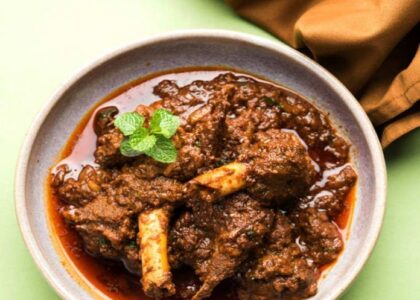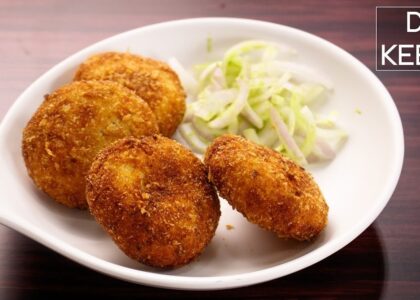From festive feasts to comforting weeknight meals, Pilaf, or Pulao as it’s commonly known in India, is one dish that effortlessly brings together aroma, texture, and taste. This seasoned rice preparation has travelled across borders and cultures, yet it remains a timeless classic—especially in Odisha, where it is a popular staple often served with dalma, curries, or raita.
Golden-hued, lightly spiced, and often studded with vegetables or dry fruits, pilaf is both versatile and elegant, making it ideal for any meal or occasion.
Pilaf is a rice dish made by sautéing rice in oil or ghee before simmering it in a seasoned broth until perfectly cooked. This cooking method gives the grains a nutty aroma and fluffy texture. What sets pilaf apart is how it absorbs flavors from whole spices, herbs, and added ingredients like vegetables, meat, or dry fruits.
Across regions—from the biryanis of Hyderabad to the Uzbek plovs and Turkish pilavs—each version has its own charm. In Odisha, vegetarian pilaf made with mild spices, basmati rice, and vegetables is a household favorite.
Traditional Vegetable Pilaf Recipe – Odia Style
Here’s how to make a simple, flavorful vegetable pilaf the traditional way:
Ingredients:
- 1 cup basmati rice
- 2 tbsp ghee or oil
- 1 small bay leaf
- 2–3 cloves
- 2 green cardamom pods
- 1 small cinnamon stick
- 1 small onion, thinly sliced
- 1 tsp grated ginger
- ½ cup carrot, diced
- ½ cup green peas (fresh or frozen)
- ½ cup potato, cubed
- 8–10 cashews (optional)
- 2 tbsp raisins (optional)
- 2 cups water
- Salt to taste
Instructions:
1. Rinse and Soak the Rice:
Wash the basmati rice under cold water until the water runs clear. Soak for 15–20 minutes, then drain.
2. Sauté the Spices and Vegetables:
In a heavy-bottomed pot or pressure cooker, heat ghee or oil. Add bay leaf, cloves, cardamom, and cinnamon. Let them sizzle and release aroma.
Add sliced onion and sauté until light golden. Add ginger, then the chopped vegetables. Cook for 3–4 minutes, stirring occasionally.
3. Add Rice and Toast:
Add the drained rice and gently sauté for 2–3 minutes until the grains turn slightly golden and fragrant.
4. Add Water and Cook:
Pour in 2 cups of water and add salt to taste. Bring it to a boil, then cover with a lid. Reduce heat and simmer until the rice is cooked and the water is fully absorbed (about 10–12 minutes).
If using a pressure cooker, cook on low heat for 1 whistle, then turn off and let the pressure release naturally.
5. Garnish and Serve:
In a separate small pan, fry the cashews and raisins in a bit of ghee and add them on top of the cooked pilaf. Gently fluff the rice with a fork before serving.
Serving Suggestions
Pilaf is best enjoyed with:
- Dalma (Odia lentil-vegetable curry)
- Raita (curd mixed with cucumber or boondi)
- Papad and Pickle
- Paneer or Chicken Curry on festive days
Pilaf – A Global Comfort Food
Whether you call it pilaf, pulao, or plov, this rice dish has found its way into kitchens from Central Asia to South Asia, the Middle East to Eastern Europe. In every region, it adapts, adopts, and enhances local flavors—making it one of the most versatile and celebrated rice dishes in the world.
The beauty of pilaf lies in its simplicity and adaptability. Be it a humble veggie version or a rich meaty one, pilaf is a dish that brings comfort, elegance, and nutrition to the table. In Odisha, it remains a beloved dish—served during special occasions, temple offerings, or as a festive treat shared among families.









